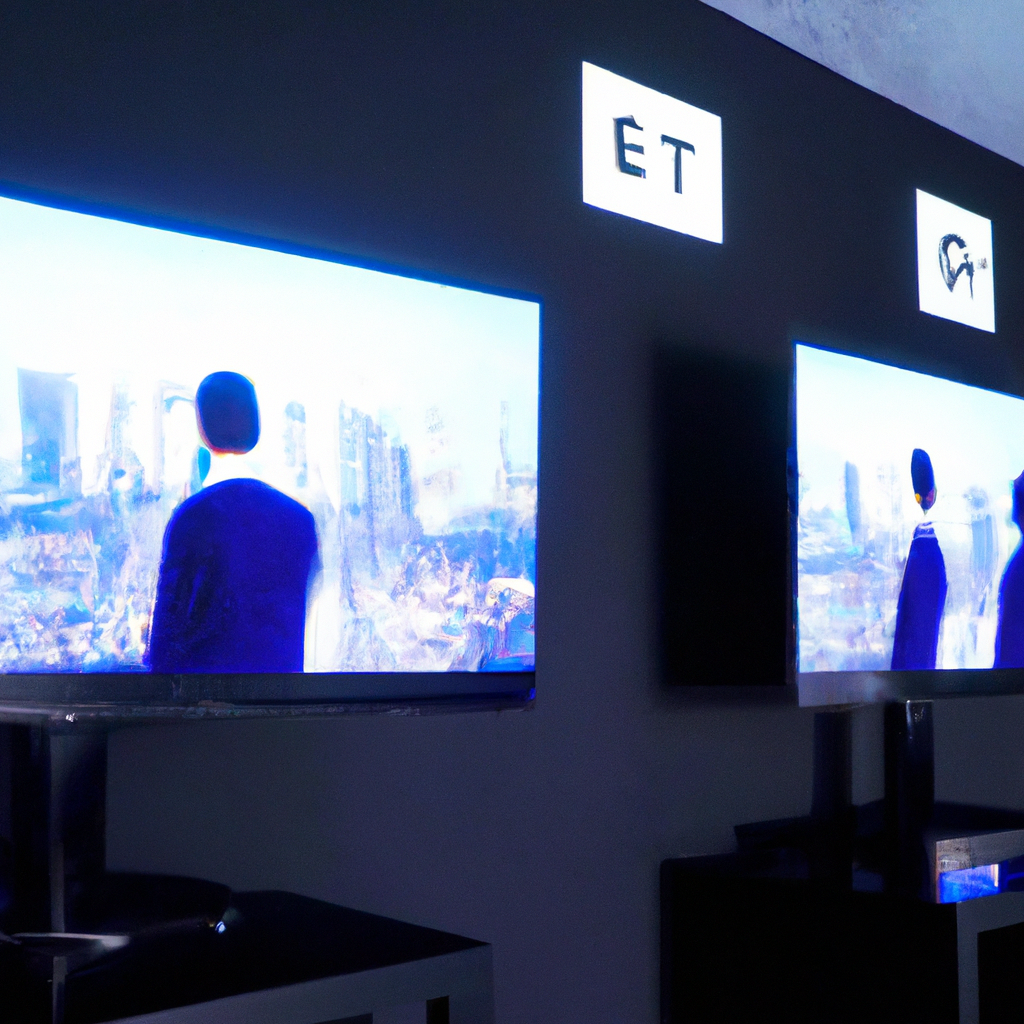Flat-screen TVs have become increasingly popular in recent years, and it’s no secret why. They offer a sleek design, incredible picture quality, and an overall better viewing experience than traditional cathode-ray tube (CRT) TVs. But how exactly do they work? In this article, we’ll take a closer look at the technology behind flat-screen TVs and how they produce such stunning visuals.
Display Panels
The first thing to understand is that flat-screen TVs use different display panels than CRT TVs. CRT TVs use a cathode-ray tube to create an image on the screen, whereas flat-screen TVs use either liquid crystal display (LCD), plasma, or organic light-emitting diode (OLED) technology. Each of these technologies has its own advantages and disadvantages, but LCD and plasma are the most commonly used for flat-screen TVs.
LCD Technology
LCD technology is used in most flat-screen TVs today. An LCD TV consists of several layers, including a backlight, a polarizer, a liquid crystal layer, and a color filter. The backlight provides the initial source of light, which is then polarized by the polarizer. The liquid crystal layer sits between the polarizer and the color filter and controls the amount of light that passes through to create an image.
One of the main advantages of LCD technology is its energy efficiency. LCD TVs use less power than CRT TVs and emit less heat, which makes them a great choice for those looking to save on their energy bills. However, LCD TVs can suffer from motion blur, which can be a problem when watching fast-paced action scenes.
Plasma Technology
Plasma technology is another popular choice for flat-screen TVs. A plasma TV consists of millions of tiny cells filled with gas, which are then charged with electricity to create an image. Each cell acts as a tiny pixel, and when the cells are charged with electricity, they emit ultraviolet light, which then interacts with phosphors to create colors.
One of the main advantages of plasma technology is its ability to produce deep blacks and vibrant colors. Plasma TVs also have a wider viewing angle than LCD TVs, which means that you can sit at an angle to the TV and still see a clear image. However, plasma TVs are more expensive than LCD TVs and are not as energy-efficient.
LED-Backlit
LED-backlit is another type of LCD technology that has become increasingly popular in recent years. Instead of a traditional backlight, LED-backlit LCD TVs use an array of LEDs to light up the screen. This allows for greater control over the brightness and contrast of the image and can result in a brighter, more vivid picture.
Screen Resolution and Pixel Density
When it comes to picture quality, two of the most important factors to consider are screen resolution and pixel density. Screen resolution refers to the number of pixels that make up the display, while pixel density refers to the number of pixels per inch (PPI).
High-definition (HD) TVs have a resolution of at least 720p (1280×720 pixels), while Full HD TVs have a resolution of 1080p (1920×1080 pixels). However, many newer TVs are now 4K (3840×2160 pixels) or even 8K (7680×4320 pixels), which offer even greater detail and clarity.
Pixel density is also important because it affects how sharp and clear the image appears. A higher pixel density means that individual pixels are smaller and closer together, which can result in a smoother, more detailed image. However, it’s important to note that pixel density is only one factor that affects picture quality, and a higher pixel density does not always guarantee a better image.
Conclusion
In conclusion, flat-screen TVs use a variety of different technologies to produce stunning visuals. LCD, plasma, and LED-backlit LCD are the most commonly used display panels, each with its own advantages and disadvantages. Screen resolution and pixel density are also important factors to consider when choosing a TV, but they are not the only factors that affect picture quality. Overall, the technology behind flat-screen TVs continues to evolve, and we can expect even more impressive visuals in the years to come.







